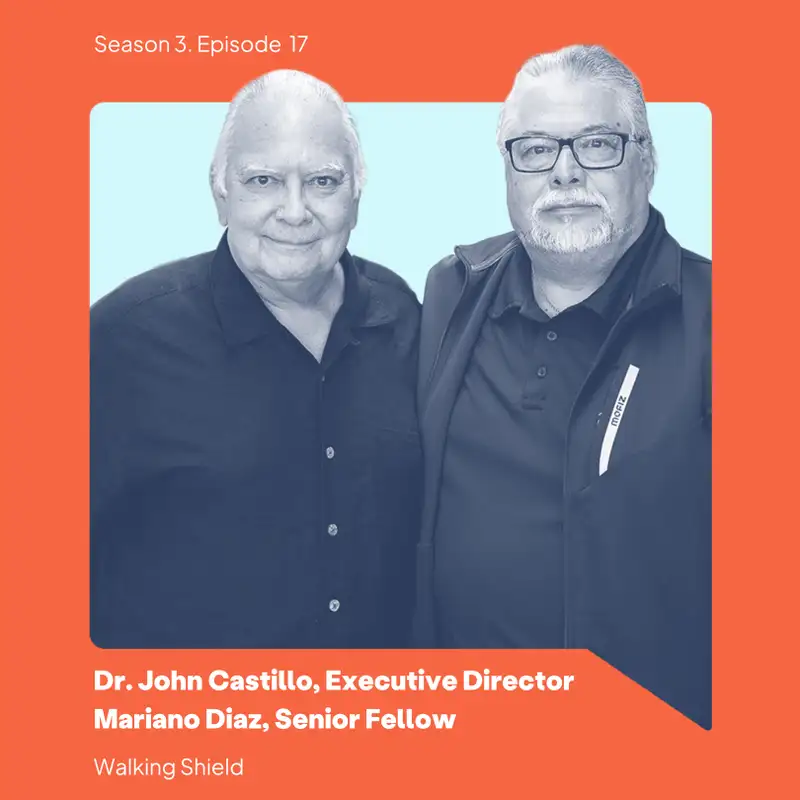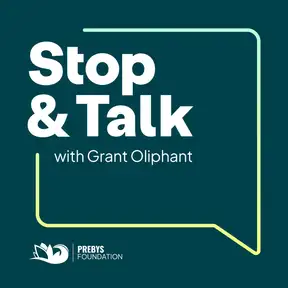Walking Shield: Building Capacity and Honoring Tribal Self-Determination
Walking Shield has spent nearly four decades improving quality of life for Native communities across the United States—bridging sovereign tribal nations with philanthropy, federal agencies, and the U.S. military. Alongside the Walking Shield team, Executive Director, Dr. John Castillo, and Senior Fellow, Mariano Diaz help tribes build the capacity needed to secure federal funding, strengthen infrastructure, and advance true self-determination. Their work blends grassroots trust-building with systems-level strategy, supporting tribes on projects ranging from road repairs and water access to energy development, environmental co-management, and leadership planning.
This Episode:
What does true collaboration with tribal nations require?
What does true collaboration with tribal nations require?
Dr. John Castillo and Mariano Diaz highlight the deep assets that guide Native communities, including long-standing governance traditions, cultural and environmental knowledge, and a strong commitment to collective well-being. They share how Walking Shield helps tribes use these strengths to access federal resources, plan for long-term development, and steward land and water. They also discuss the systemic barriers tribes still face, such as underinvestment and complex federal requirements, and how capacity-building can make a meaningful difference.
Together with Grant, they explore San Diego’s uniquely rich tribal landscape, the growing promise of co-management of natural resources, and why trust, relationship-building, and listening first are essential for any partnership with Indian Country. At its heart, the conversation offers a long view of resilience and strategy, reminding us that when Native leadership is honored and communities have the tools to act on their priorities, progress becomes both possible and lasting.
Key Moments:
- [9:40] San Diego has the most tribes per capita and what that means for the region
- [14:02] The capacity gap: why many tribes can’t access federal funds designed for them
- [16:34] Everybody benefits: how the National Guard helped rebuild dangerous reservation roads
- [34:10] Co-management, water rights, and environmental stewardship
- [51:15] What partnership looks like when it works
Resources Mentioned:
- Walking Shield – Improving quality of life for Native communities since 1986
- Southern California Tribal Chairmen’s Association – Regional tribal leadership and coordination
- Prebys Foundation’s BRIDGE Initiative – Supporting organizations that expand community capacity
Take Action:
- Read and Learn More— Explore the history and present realities of San Diego’s tribal nations.
- Build Relationships — If you work in philanthropy, government, or community development, ask how you can learn directly from tribal leaders.
- Support Sovereignty — Advocate for funding systems that recognize tribal governments’ authority and needs.
- Visit and Listen — When invited, spend time on tribal lands to understand local priorities firsthand.
- Keep the Long View — Remember that partnership, persistence, and shared purpose can outlast political cycles.

